The Spanish Mastiff, also known as the Mastin Espagnol, is one of the oldest dog breeds in the world. These dogs are of enormous size and have a strong but calm character. The Spanish Mastiff was bred in Spain to protect homes, herds and trade caravans, and was also used as a military dog.
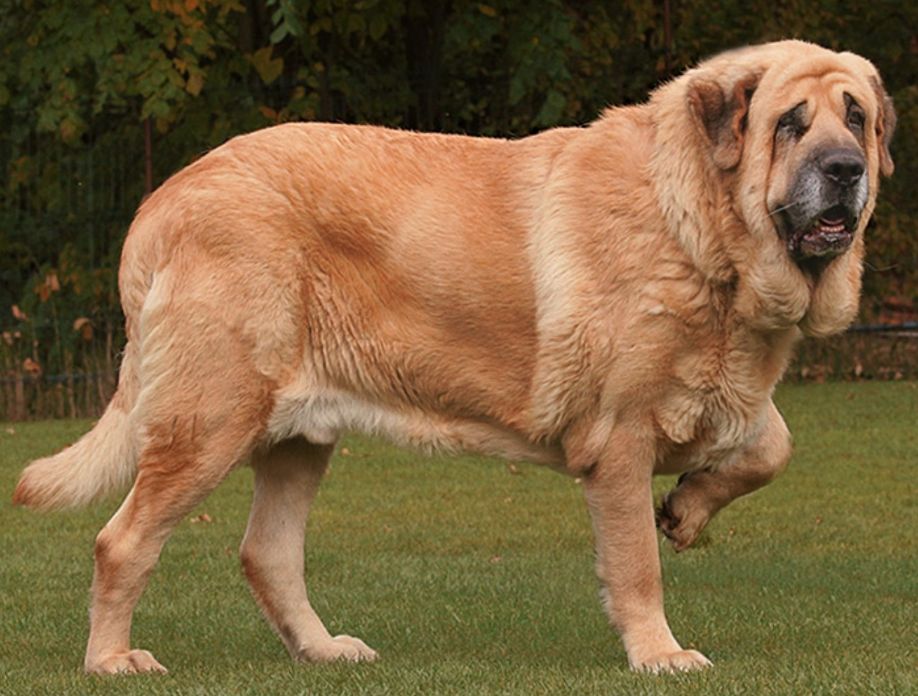
History of the breed
The Spanish Mastiff comes from the ancient Molosser dogs that were used in the Roman armies. These dogs were bred in Spain, where they were used to guard herds and property. During the Middle Ages, Spanish Mastiffs were very popular throughout Europe and were used as military dogs.
In the 20th century, the breed was on the verge of extinction, but thanks to the efforts of a small group of enthusiasts, the Spanish Mastiff was restored. Today, this breed has become popular all over the world.
Characteristics
Appearance: The Spanish Mastiff is a large breed of dog with a huge body, reaching a height at the withers of 70 to 85 cm and weighing from 50 to 70 kg. They have wide, massive heads with powerful jaws and deep chests. Their coat is short, smooth and varies in color from yellowish red to black. Their ears are long and drooping, and their tail is medium length and usually tightly curled.
Character: The Spanish Mastiff is a strong but calm and poised dog. They have a high social disposition and are well suited to family homes. They have a high protective instinct and can be aggressive if they feel threatened by their family or their territory. At the same time, they are loyal and devoted to their owners.
Health: Like many large breeds, the Spanish Mastiff can suffer from various diseases such as hip and joint dysplasia and digestive disorders. However, as long as the dog is properly cared for and has regular vet checks, it can have a long and healthy life.
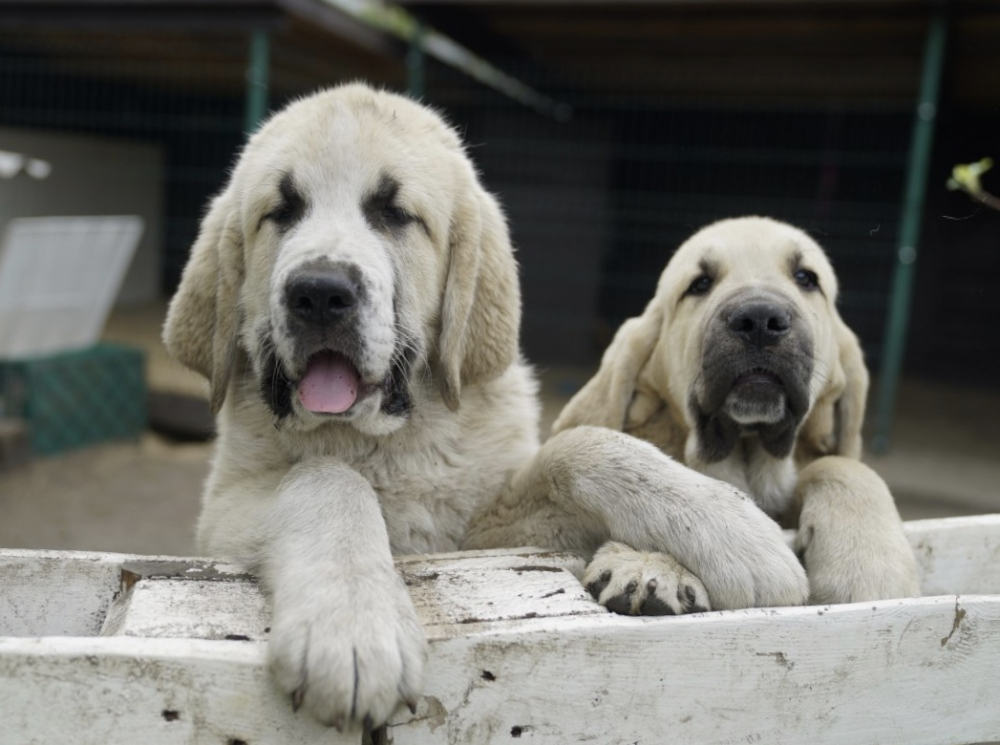
Grooming
Daily Care: The Spanish Mastiff is a dog breed that does not require complicated care. They should get regular exercise and outdoor walks, as well as access to clean water and quality food.
Feeding: Like other dog breeds, the Spanish Mastiff should receive a balanced diet that contains the right amount of protein, fats, and carbohydrates. It is recommended to feed them twice a day, as well as ensure fresh water is available 24 hours a day.
Health and Disease Prevention: Regular visits to the veterinarian and preventative care such as vaccinations and flea and tick treatments are important for the health and disease prevention of Spanish Mastiffs. It is also important to monitor their health and pay attention to possible changes in behavior, appetite, or physical condition.
Training for the breed
Training Basics: Spanish Mastiffs need socialization and early training to become well-behaved and controlled dogs. It is usually advisable to begin training and socialization at an early age to ensure that the dog becomes socially adapted and disciplined.
Socialization: Spanish Mastiffs need to be introduced to other animals, people and the environment to avoid possible problems in the future. It is recommended to teach them how to behave in the company of other animals and people, as well as in different situations.
Behavior and command training: Spanish Mastiffs usually respond to a confident but kind approach to training. It is important to use positive reinforcement to reinforce desired behavioral responses. Training sessions should be short and gradual to avoid fatigue or boredom in the dog.
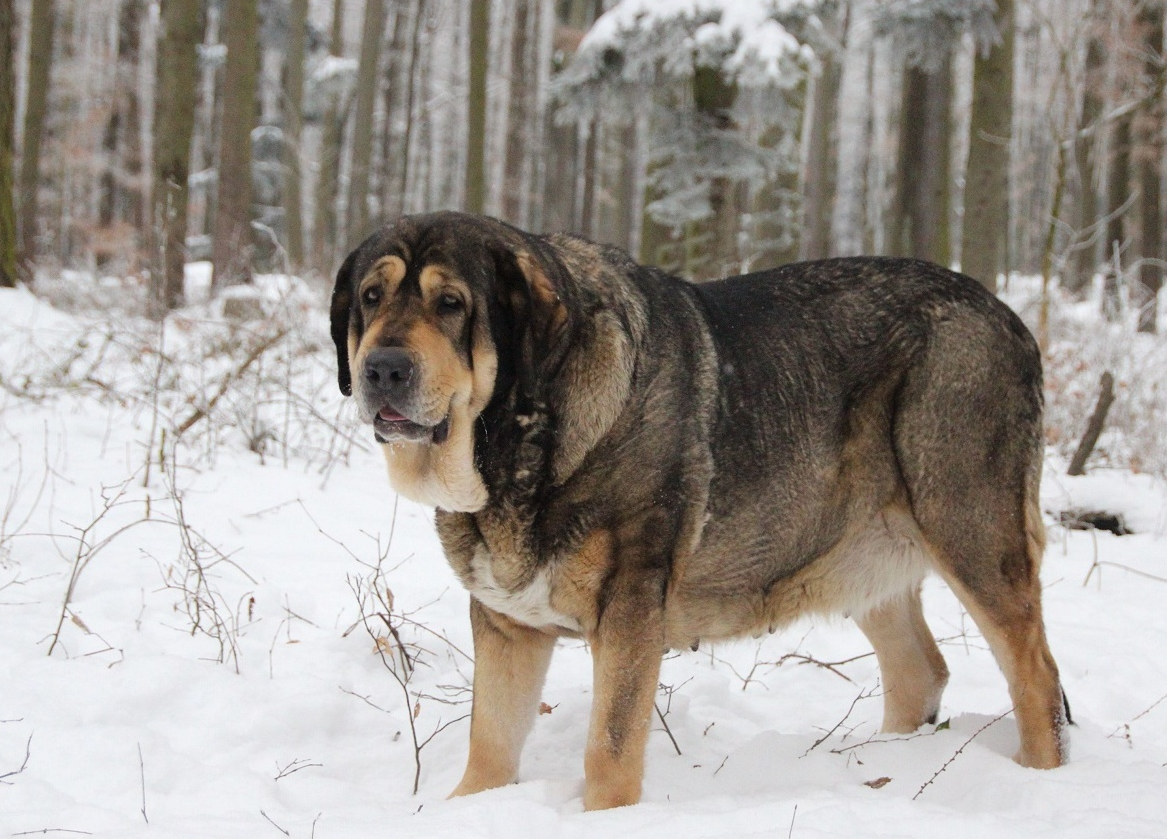
Top 10 facts about the Spanish Mastiff:
- The Spanish Mastiff is one of the oldest dog breeds, descended from the ancient Molosser dogs used in Roman armies.
- They were bred in Spain to protect herds and property and were also used as military dogs.
- The Spanish Mastiff reaches a height of 70 to 85 cm at the withers and weighs between 50 and 70 kg.
- They have a huge, massive head with powerful jaws and a deep chest.
- Their coat is short, smooth and comes in various shades, from yellowish red to black.
- Spanish Mastiffs are very loyal and devoted to their owners, but can be aggressive if they feel threatened by their family or their territory.
- They do not require complicated care and should receive regular exercise and outdoor walks.
- Spanish Mastiffs need socialization and early training to become well-behaved and controlled dogs.
- They can suffer from various diseases such as hip and joint dysplasia and digestive disorders.
- The Spanish Mastiff is a dog breed that has outstanding protective and guarding qualities, but is also a loyal and devoted family dog.
Conclusions
The Spanish Mastiff is an ancient breed of dog that was bred in Spain to protect herds and property, and was also used as a military dog. Today, this breed has become popular worldwide for its outstanding protective and guarding qualities, but is also a loyal and devoted family dog. Spanish Mastiffs reach impressive sizes and can suffer from various diseases, but proper care and preventative measures can help them stay healthy for years to come. Spanish Mastiffs need socialization and early training to become well-behaved and controllable dogs, but with their powerful yet calm temperament, they can make great companions for family homes and protectors of their owners.
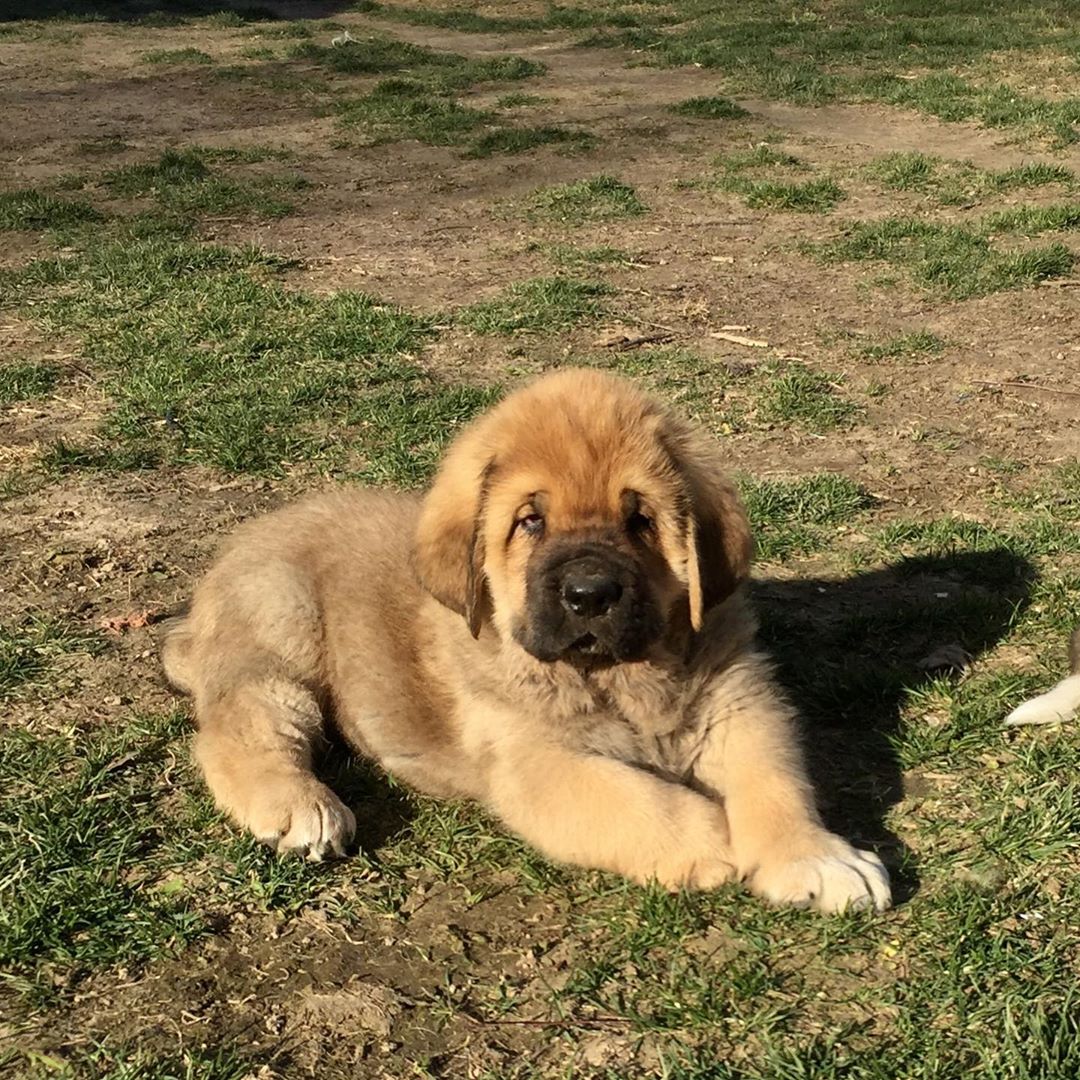

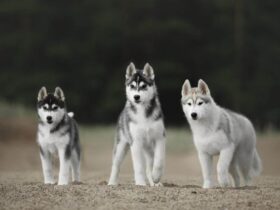
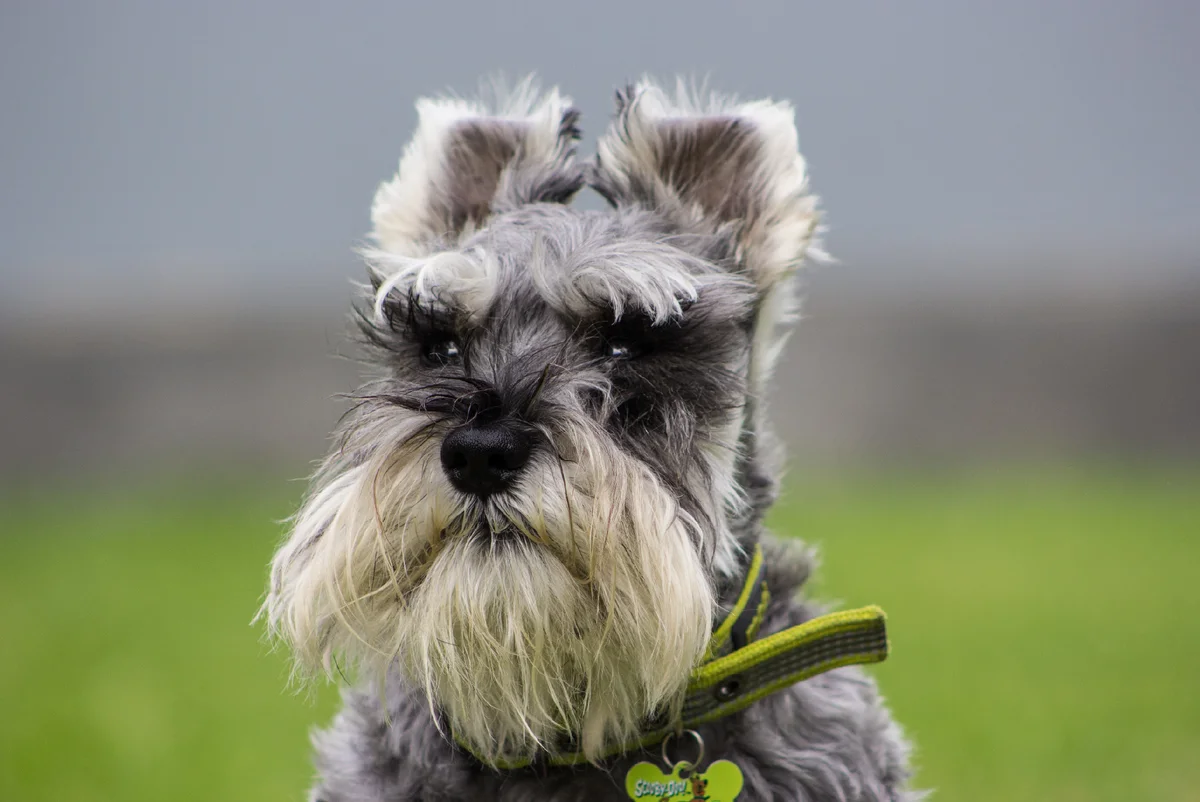
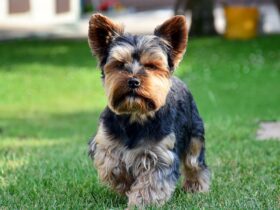

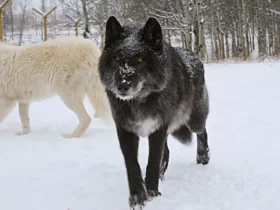
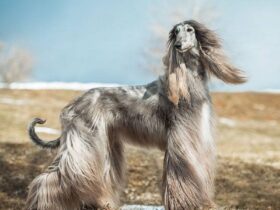
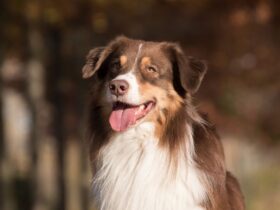
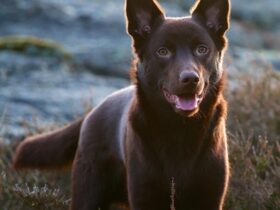
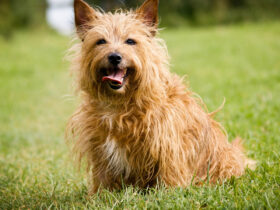
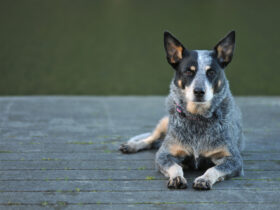
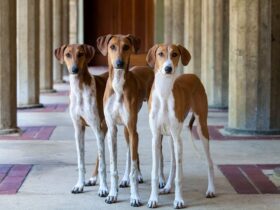
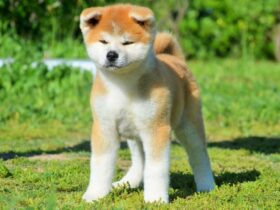
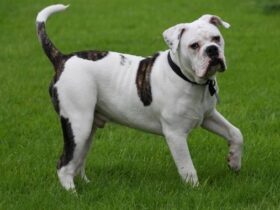
Leave a Reply